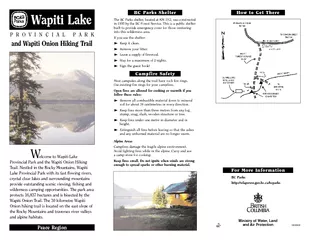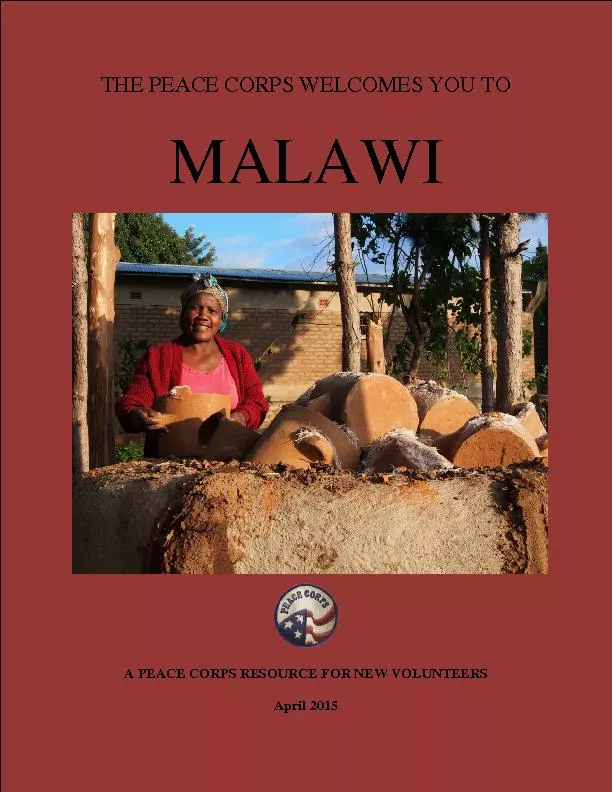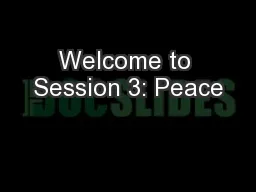PDF-Peace Region
Author : natalia-silvester | Published Date : 2015-12-04
elcome to Wapiti LakeProvincial Park and the Wapiti Onion HikingTrail Nestled in the Rocky Mountains WapitiWapiti Onion Trail The 30 kilometre Wapiti Wapiti Lake PROVINCIALPARK For
Presentation Embed Code
Download Presentation
Download Presentation The PPT/PDF document "Peace Region" is the property of its rightful owner. Permission is granted to download and print the materials on this website for personal, non-commercial use only, and to display it on your personal computer provided you do not modify the materials and that you retain all copyright notices contained in the materials. By downloading content from our website, you accept the terms of this agreement.
Peace Region: Transcript
Download Rules Of Document
"Peace Region"The content belongs to its owner. You may download and print it for personal use, without modification, and keep all copyright notices. By downloading, you agree to these terms.
Related Documents














